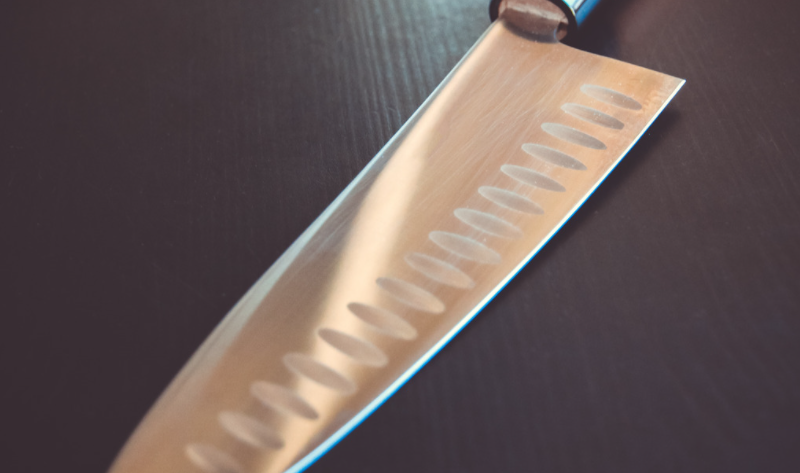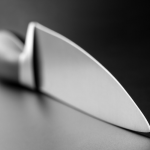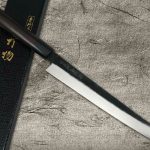Gyuto knives are the Japanese equivalent of the Western chef’s knife, known for their versatility in the kitchen. They can handle a wide range of tasks, from slicing and dicing to chopping and mincing. Choosing the right Gyuto knife can significantly improve your culinary experience, but the process can be daunting with so many options available. This guide will help you understand the key factors to consider when selecting a Gyuto knife, including blade length, materials, and craftsmanship.
Blade Length
Gyuto knives come in various lengths, typically ranging from 180mm (7 inches) to 270mm (10.6 inches). The optimal length depends on your personal preferences, hand size, and the tasks you frequently perform in the kitchen. A 210mm (8.3 inches) blade is a popular choice for its versatility, while a 240mm (9.4 inches) blade may provide more leverage for larger tasks.
Blade Material
Gyuto knives, like other Japanese knives, are typically made from either carbon steel or stainless steel. Carbon steel offers a sharper edge and easier sharpening, but it is more prone to rust and requires extra care. Stainless steel is more resistant to rust and low maintenance but may not hold its edge as long. Choose the blade material based on your preferences and willingness to maintain the knife.
Blade Profile
The blade profile of a Gyuto knife can vary, with some having a flatter edge suitable for push-cutting and others featuring a more curved edge ideal for rocking cuts. Consider your preferred cutting style when selecting a Gyuto knife.
Craftsmanship and Quality
To ensure the longevity and performance of your Gyuto knife, pay attention to craftsmanship and quality. Look for knives made by reputable manufacturers or artisans, such as Shun, Miyabi, and Misono. Hand-forged knives often have higher quality, but they can be more expensive. Inspect the knife’s fit and finish, as well as the sharpness and polish of the blade.
Handle Type
Gyuto knives are available with traditional Japanese “wa” handles or Western-style handles. Wa handles are lightweight and well-suited for precise cutting techniques, while Western-style handles tend to be heavier and may offer more balance. Choose the handle style that feels most comfortable in your hand and suits your cutting style.
Choosing the perfect Gyuto knife involves understanding the importance of blade length, materials, craftsmanship, and other key factors. By carefully considering these aspects, you can find a Gyuto knife that not only enhances your culinary skills but also serves you well for many years to come.



